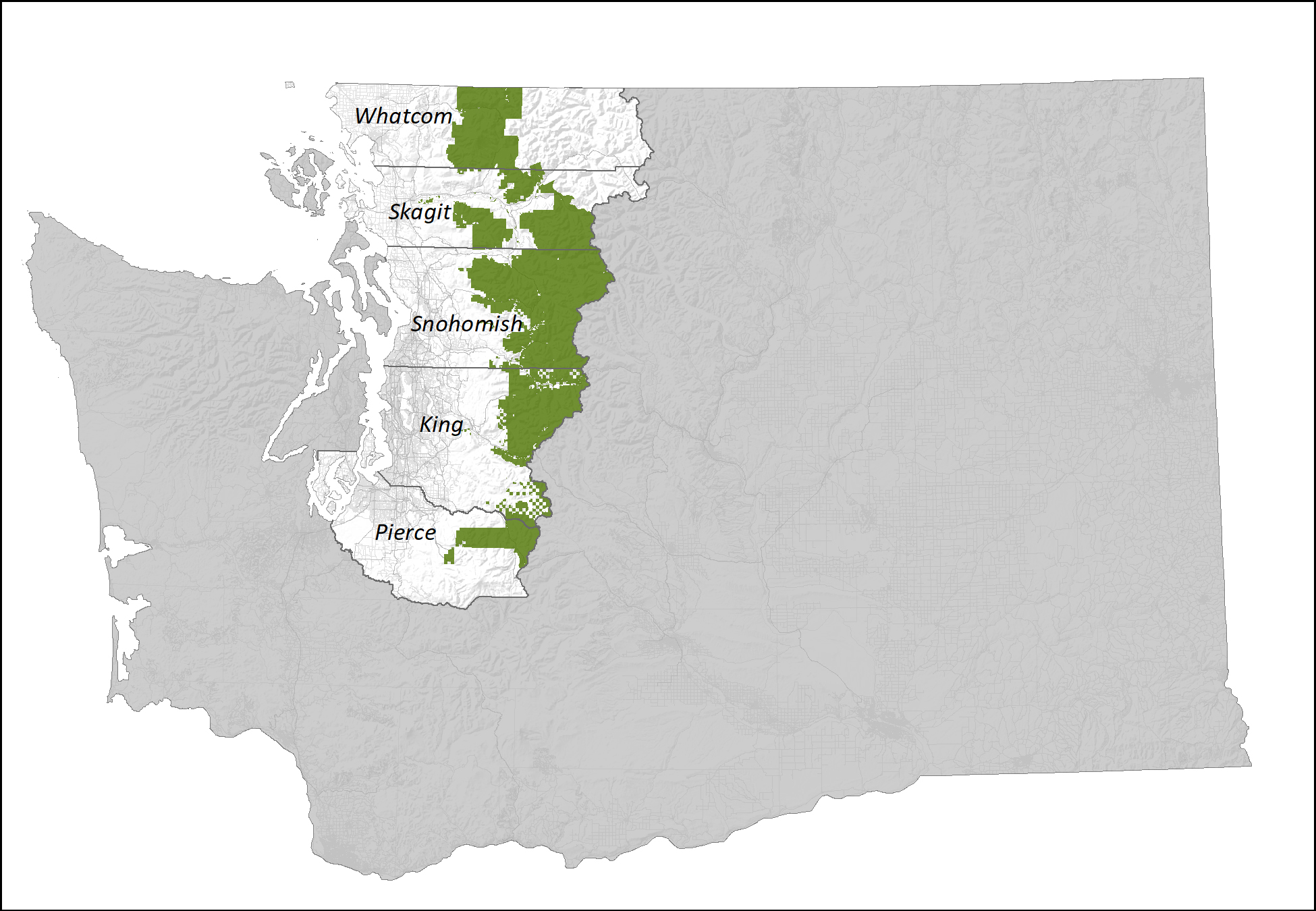There is Nothing Modern about the “Modernized Endangered Species Act.”
Federal lawmakers are set to consider a “Modernized Endangered Species Act” that will ultimately serve to transfer the authority of the Endangered Species Act (ESA) to local governments and private interests. Essentially, if a local jurisdiction or private company views a protection that falls under the ESA as a hindrance to development, they would be significantly empowered to sidestep science and overturn the protection at the local level. Far from a modernization, the set of changes being proposed to this longstanding piece of legislation that serves as both our best defense against extinction as well as critical protection of valuable biodiversity would set us back decades – literally. The ESA has been around for more than 40 years, and scientists estimate that if it were not for the ESA, Americans would have lost at least 227 species of plants and animals since the act was passed in 1973.[i]
Experts worldwide agree that we are in the midst of a mass extinction of plant and animal species, driven largely by human activity. Over 1,300 species are listed as endangered or threatened in the United States alone. Now more than ever, we should be working to strengthen the ESA, the world’s gold standard for protecting vulnerable species, rather than diminishing it. Lawmakers behind the “modernization” proposal claim that the ESA “is not working,”[ii]but we know it is. The ESA has successfully saved more than 99% of species listed, and statistical analysis shows that listing significantly improves a species’ likelihood of recovery.[iii]The list of species the Act has saved includes the bald eagle, the manatee, the humpback whale, the California condor, the Florida manatee, and the black-footed ferret, to name just a few. As a leader in science-based economics, Earth Economics highlights the value of critical habitat, biodiversity, and healthy ecosystems in all of our work. And numerous studies have demonstrated that Americans place economic value on species preservation that far exceeds the cost of the ESA program. A few are highlighted below, including one that Earth Economics is currently working on.


















